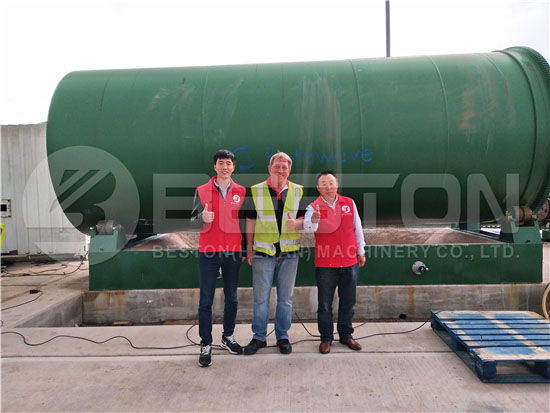Environmental Benefits Of Modern Waste Pyrolysis Plant Design
For years, the entire world overall has struggled to deal with increasing quantities of human-generated waste. There exists plastic waste, scrap tires, oil sludge, construction site waste and a lot more to cope with every single day. The oceans have grown to be contaminated with plastic as well as the landfill sites are overflowing and contaminating surrounding water sources and soil. While you can find been efforts by some governments to minimize garbage production, the increasing global population means more trash is inevitable.
Fortunately, new environmental friendly strategies for working with all kinds of waste are emerging. Waste pyrolysis machines, by way of example, are starting to revolutionize the way in which waste management facilities are dealing with garbage. What's more, the correct waste pyrolysis plant design can also generate huge profits for operators.

Used tire pyrolysis plants are used to make scrap tires into carbon black, fuel oil, steel wire, and combustible gas. Meanwhile, rubber pyrolysis reactors are converting all sorts of rubber into carbon black, fuel oil, and combustible gas. Waste plastic pyrolysis reactors can modify plastic waste that will dominate 500 years to decompose in landfills into fuel oil.
Pyrolysis Process
Through the pyrolysis process, materials are heated to quite high temperatures within an oxygen-absent environment. Since there is no oxygen present, as opposed to burning and releasing toxic fumes, the type of material vapourize. The vapour is liquefied into different components using a water-cooled condensing system. It's vital that there is not any oxygen found in the reactor chamber for pyrolysis to occur.
Pyrolysis Plant Types
The price tag on pyrolysis plants is basically influenced by the automatation level and working means of the plant. The most expensive pyrolysis reactors are fully continuous reactors, that contain horizontal, fixed reactors and can operate 24/7. Rotary pyrolysis reactors are less costly, but waste material needs to be fed in the reactor in batches along with the reactor should be cooled off between batches. Consequently batch pyrolysis plants have much lower daily processing capacities. Meanwhile, a high-line fully continuous waste tire pyrolysis plant, for instance, may often process over 24 a great deal of waste rubber each day.



